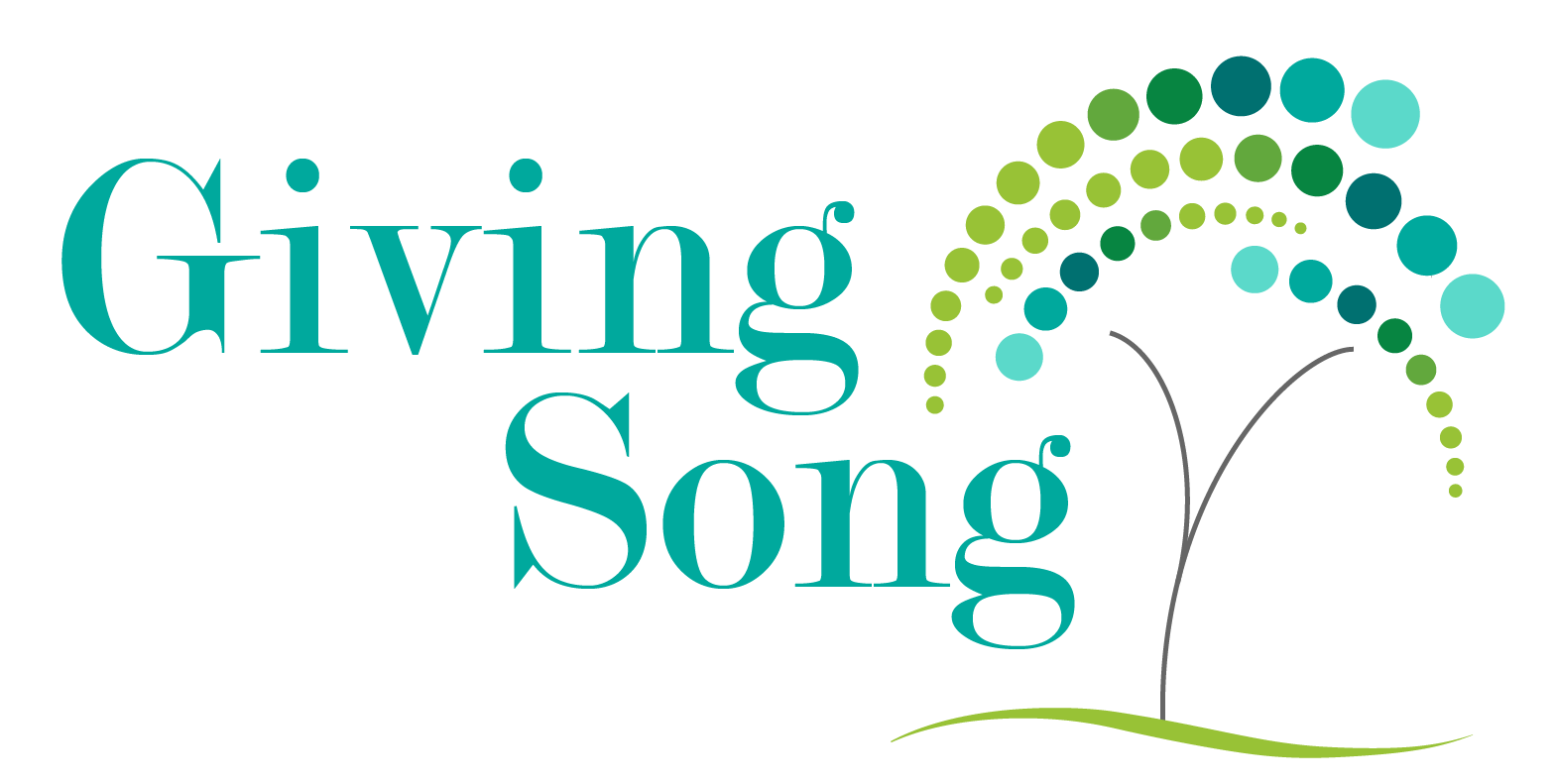Episode #10: Telehealth with Children and Adolescents with High Needs
Today Maggie walks us through her experience working with children and adolescents with high needs in the school system. She walks us through available research and includes some tips and considerations she’s learned along the way.
Show Notes
Delivery of Virtual Music Therapy (per the article Virtual Music Therapy: Developing New Approaches to Service Deliver):
Curate Online Resources
identify pre-existing content available online that reinforce the therapeutic uses of music or social and emotional learning concepts
Create Original Content
develop audio and/or video recordings of original music and interventions to meet therapeutic objectives
Implement Telehealth
consider different approaches and the needs of your clients and facilities/organizations you work with.
Pros to telehealth music therapy:
increased access to services including those individuals in rural areas and who have severe mobility or health issues
serving more clients due to a decrease in travel time
continuation of therapeutic services
Cons to telehealth music therapy:
internet connection issues
live and interactive music making can be difficult
lack of instrumentation in the classroom
telehealth does not represent the general reality of these individuals in generalizing these behaviors
lack of physical energy, ability to read their body language or physically interact in live music making
Things to consider:
Effectiveness - some clients may thrive in this format, while other may show little to no progress and may need to postpone services until in-person services are available.
Patience - have patience with your client and yourself
give ample time for a client to respond to your prompt
have realistic expectations for progress
be flexible and patient with yourself because you will need to try new things, re-work old ideas and be prepared to adapt and change at a moments notice.
Consistency & Predictability - be extra vigilant in this matter
be prepared at the same time each week - try to have as consistent a schedule as possible
be consistent in how you show up in your therapy session:
consistent and predictable tone & responses
consistent and predictable consequences (positive and negative)
consistent and predictable session structure
Building Agency - support clients with opportunities to build resilience and choice
give abundant opportunities for choices
Utilizing the Teacher/Paraprofessional/Caregiver/Parent
Utilize their presence:
Example: instruct them on where to position the student, computer/iPad/tablet, instrument, etc.
Example: instruct them on how to provide hand-under-hand assistance or other physical positioning and prompts, when appropriate.
Example: model and instruct them to utilize rhythmic cueing and prompting
Example: model and instruct them to utilize social interaction prompts with greetings, signing, assistive devices, etc.
Build rapport:
remember their names
involve them in conversation
create a welcoming environment for them, as well as, the student
offering ideas to use in the classroom/outside of the therapy session (may include sensory strategies, etc.)
Be gracious and affirm the things you liked seeing and encourage them!
Resources & Tips:
Access the wider music therapy community:
Facebook Groups:
Ex. Music Therapy Teletherapy Intervention Swap
Ex. Music Therapy Song Share
Seek Supervision - brainstorm with your team of people
if you are the only music therapist in your workplace, reach out to the music therapy community and seek out supervision.
Audio/Visual Interface
WebEx & Zoom
prefer Zoom - audio and video streaming are clearer
If WEbEx - you will need to download an extension onto the app in order to share your computer’s sound.
Audio
Focusrite 2i2 interface with a microphone works well
being able to share your computer sound is helpful
Instrumentation
guitar is the most compatible (I’ve found) with telehealth
piano can also be based on the distance from the screen and your microphone and audio input setup
instruments like drums, shakers with warmer timbre come through better than tambourines or high pitched xylophones.
Links:
David Knott, MM, MT-BC, Seneca Block, MA, MT-BC, Virtual Music Therapy: Developing New Approaches to Service Delivery, Music Therapy Perspectives, Volume 38, Issue 2, Fall 2020, Pages 151–156, https://doi.org/10.1093/mtp/miaa017
Creative Therapy Umbrella: https://creativetherapyumbrella.com
Online Stories (Free): https://www.youtube.com/c/BrightlyStorytime/featured
Rachel Rambach (Music Therapy Interventions): https://listenlearnmusic.com
Spectrum Creative Arts: https://spectrumcreativearts.org
Thank you for listening and please rate and review! We appreciate your feedback!
Email us at musictherapyandbeyond@gmail.com and follow us on Instagram and Facebook @musictherapyandbeyond.
